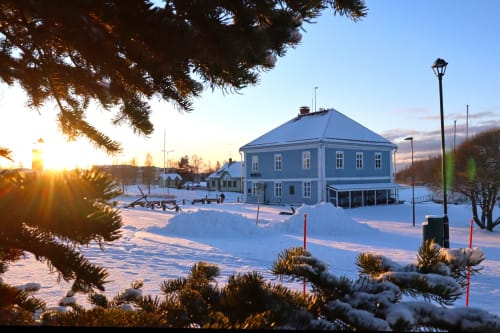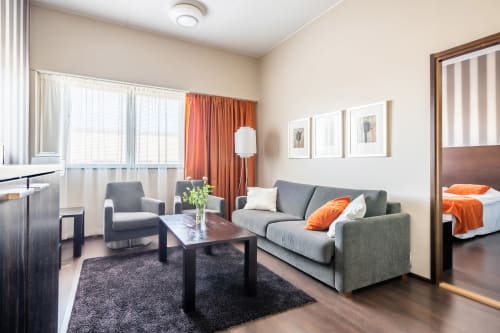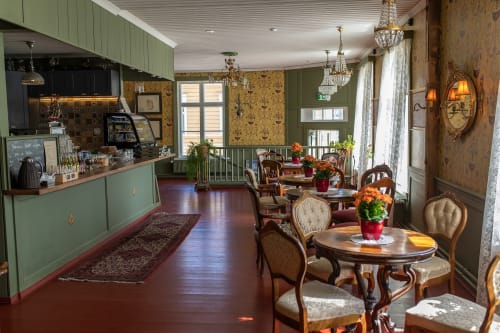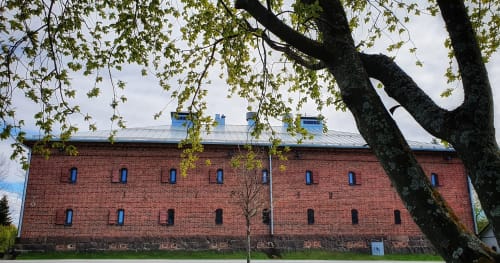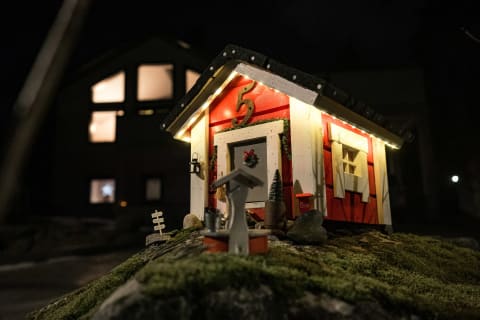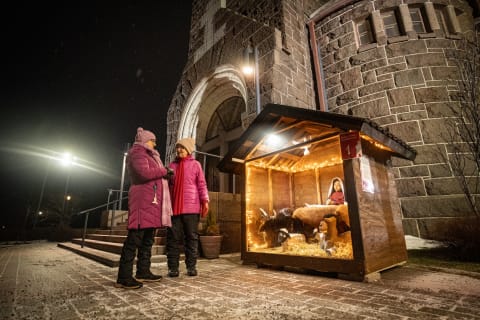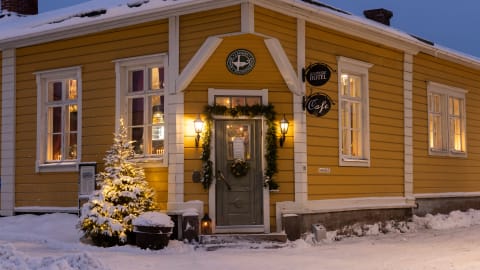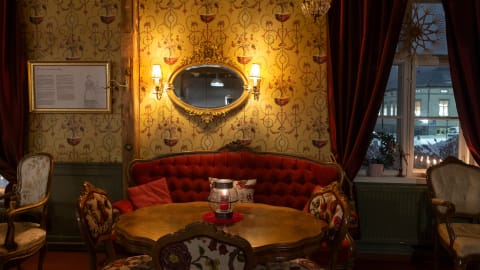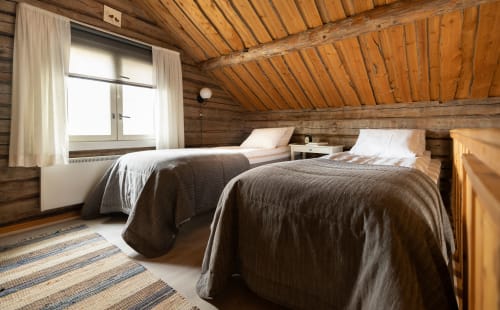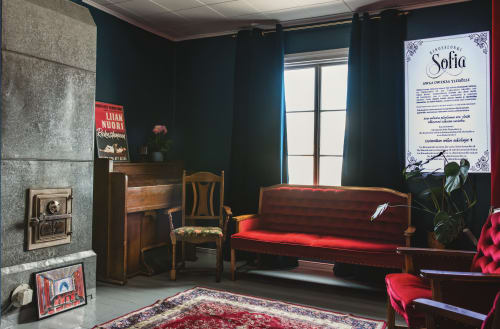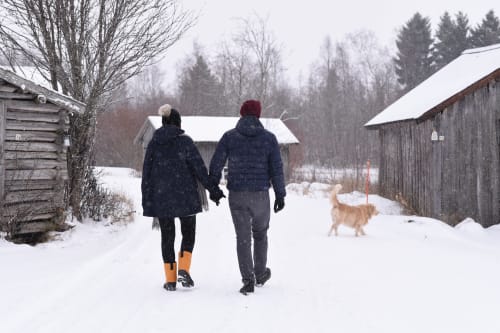Raahe region is an irresistible blend of history and maritime nature,
– it's Raahe, Siikajoki and Pyhäjoki.
Try these!
Try these!
Events in Raahe region
Events in Raahe region
Welcome to Raahe region!
The Raahe region, including Raahe, Siikajoki, and Pyhäjoki, is known for its sea, archipelago, history, and Old Town Raahe – and we want to share them with you. Click on the map for municipality introductions.
We hope these pages will give you plenty of reasons to visit the Raahe region. With us you will find out how locals and those who left their heart here describe their memories, moments and places that were meaningful to them. Explore accommodation options; here you can find hotels, charming apartments in the old town’s wooden houses, traditional cottages and farms in the peaceful countryside. Give yourself and your friends time and eat well. Enjoy physical activities and well-being inside and outdoors, hike and explore, enjoy culture and get inspired by art and many stories.

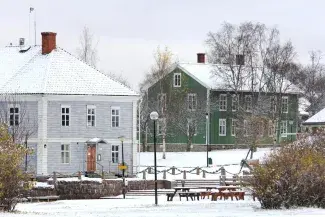
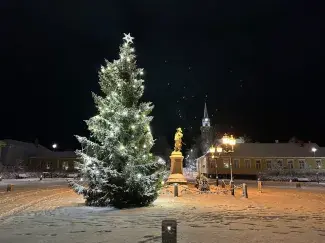
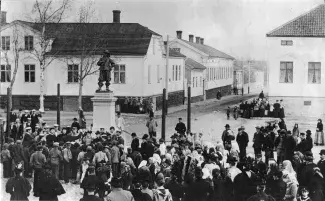
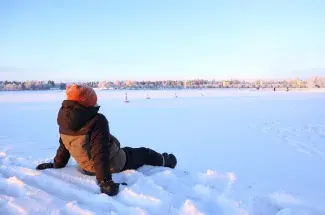
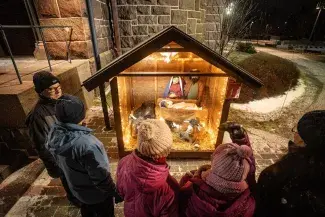
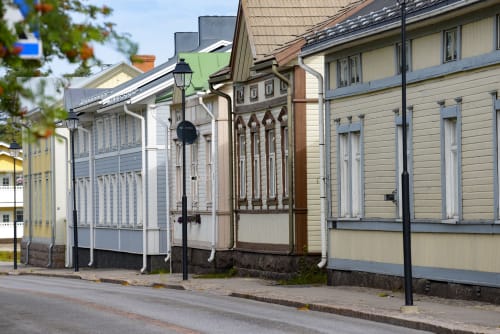
.jpg?s=500)
